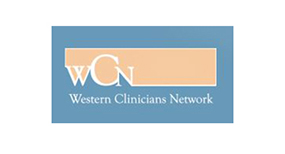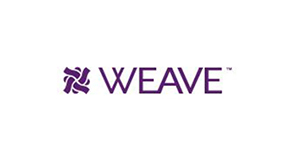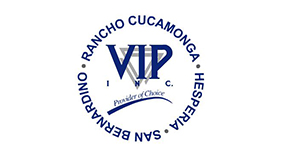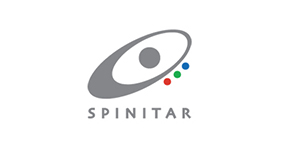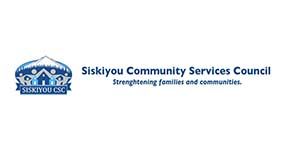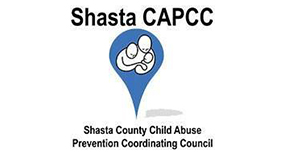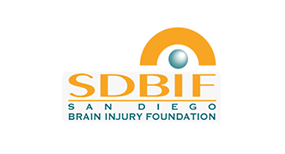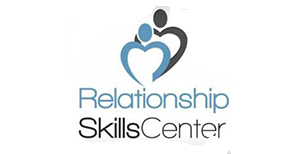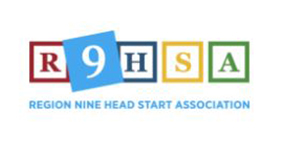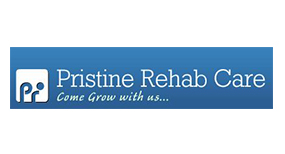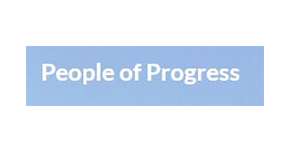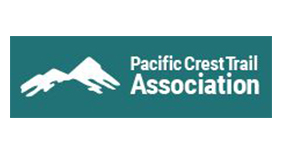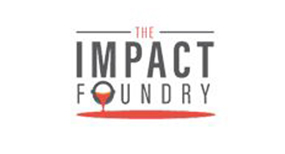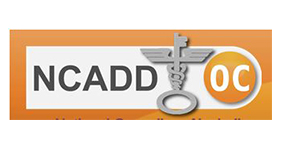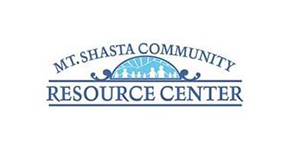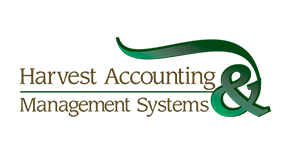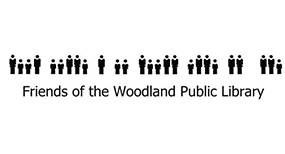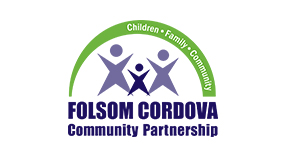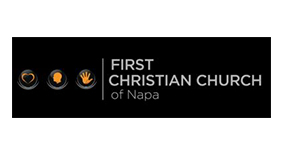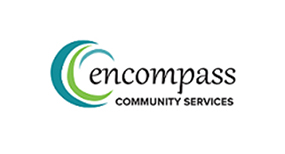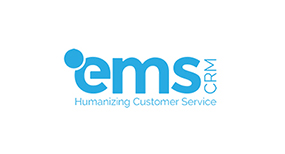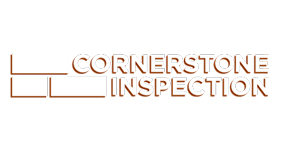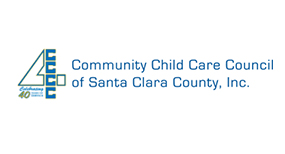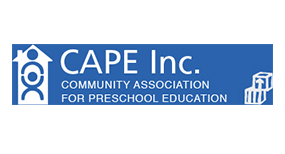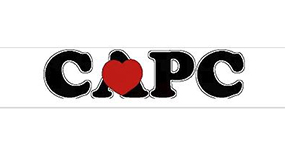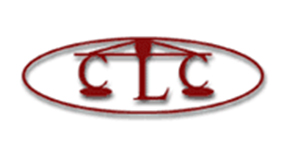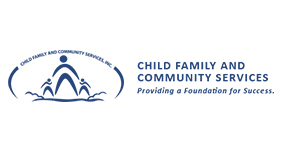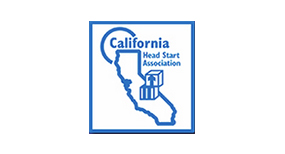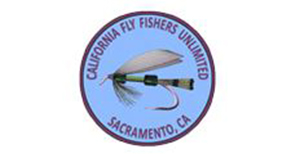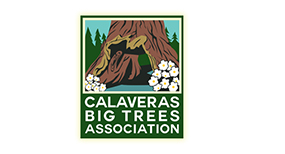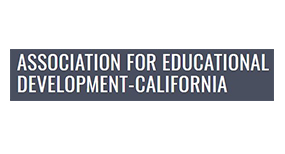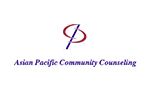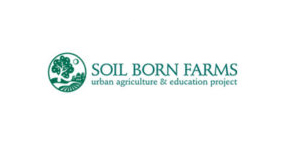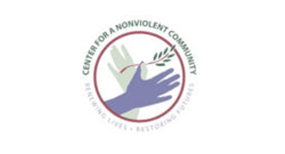Important for employers – Senate Bill SB1159 and AB685
WHAT EMPLOYERS ARE RESPONSIBLE FOR
- All employers must report all employees testing positive between July 6, 2020 and September 17, 2020 (effective date of SB 1159) to their claims administrator within 30 business days of September 17, 2020 (non-work or work-related). Reporting is due by October 29, 2020.
- Report positive tests that occur from September 18 going forward. “When an employer knows or reasonably should know that an employee has tested positive for COVID-19, the employer shall report to their administrator within three (3) business days.”
- Report the highest number of employees who reported to work at the employee’s specific place of employment in the 45 days preceding the last day the employee worked at each specific place of employment.
- OPTION: if you would like to capture the above data in a spreadsheet format and submit it to Sedgwick, please contact Linda Johnson for a file you can use. This option is for those COVID cases between 7/6/20 to 9/18/20.
OVERVIEW of SB 1159
- Establishes injury to include an illness or death resulting from COVID-19 according to specific dates of injury and criteria;
- Establishes a rebuttable presumption of injury with certain limitations in each of the three substantive sections;
- Shortens the period to accept or deny a claim to either 30 days or 45 days from the filing of a DWC-1; and
- Requires exhaustion of COVID-related paid sick leave prior to compensation.
Under AB 685 (Reyes), employers must report an outbreak to local public health officials. Employers must also report known cases to employees who may have been exposed to COVID-19 within one business day. This bill strengthens Cal/OSHA’s enforcement authority by providing clear authority to close a worksite due to a COVID-19 hazard and reducing the timeframe for COVID-19 citations.
OVERVIEW of AB 685
AB 685 will become effective January 1, 2021.
The following was kindly provided by Kristen Bergeson of Laughlin, Falbo, Levy & Moresi, LLP
Under AB 685, employers must provide written notice of potential COVID-19 exposure within one day of knowledge of exposure by a “qualifying individual” as follows:
- Notice to employees and other subcontractor employers with employees present at the worksite in question on the date of exposure;
- Notice to employee representatives, such as unions and attorneys;
- Notice to employees regarding benefits related to COVID-19 and protections for employees against discrimination and retaliation for reporting COVID-19 cases;
- Notice to employees regarding disinfection protocols and safety plans to prevent further exposure, pursuant to CDC guidelines.
Who Are “Qualifying Individuals” Under AB 685?
Qualifying Individuals include:
- Those who have a laboratory confirmed case of COVID-19,
- A COVID-19 diagnosis from a licensed health care official,
- A COVID-19 related isolation order from a public health official, or
- A death due to COVID-19 confirmed by a county public health official.
“Notice” may include any written notice, such as email, text message, or personal service, so long as it can be “reasonably anticipated” that the employee will receive the notice within one business day. Employers must keep record of the notices for at least four years.
Notice of Exposure to Public Health Agencies
In addition, employers must notify their local public health agency of an “outbreak” at the place of employment within 48 hours of knowledge of the outbreak.
Take a Proactive Approach to Mitigate Exposure
We strongly recommend early reporting and coordination with claims adjusters when an employer receives notice than an employee has tested positive for COVID-19. We also recommend that employers use the remaining portion of 2020 to prepare for changes set to occur as of January 1, 2021, including:
- Developing an effective procedure for COVID-19 notifications to employees.
- Developing an effective procedure to notify employees regarding COVID-19 benefits and protections.
- Developing safe and effective methods to prevent and minimize the risk of the spread of COVID-19 at worksites.
- Developing effective sanitizing and disinfecting procedures should COVID-19 exposure occur.
- Developing effective procedures to document and track information related to any COVID-19 cases.
As with any change to the law, knowledge and preparation will ensure success in navigating and responding to claims.
FAILURE TO REPORT
Please be cautioned that civil penalties of up to $10,000 may be assessed if an employer fails to file these reports or intentionally submits false or misleading information on them.
NEW LAW CREATES COVID-19 FRAMEWORK
GOVERNOR GAVIN Newsom has signed legislation that creates a new framework for COVID-19- related workers’ compensation claims. SB 1159 replaces an executive order that Newsom made on March 18 that required all employees working outside the home who contracted COVID-19 be eligible for workers’ compensation benefits if they file a claim. The new law expands that rebuttable presumption” that a coronavirus case is work-related to front-line workers, as well as employees in workplaces that have had an outbreak of cases. The new law is retroactive to July 6, the day after Newsom’s executive order expired, and is set to expire Jan. 1, 2023. Employers with fewer than five employees are exempt under the statute.
SB 1159’S THREE PARTS
Part 1. The law codifies Newsom’s prior executive order that provided a “rebuttable presumption” that COVID-19 was contracted in the scope and course of work by employees working outside of the home who get infected.
Part 2. The law provides a rebuttable presumption that firefighters, law enforcement officers, health care workers and home care workers who contract COVID-19, contracted it in the workplace.
Part 3. The law creates a rebuttable presumption that a worker’s COVID-19 diagnosis is work-related within 14 days of a company outbreak. Under SB 1159, an outbreak is defined as when four employees test positive at a specific place of employment with 100 or fewer employees and, for larger places of employment, when 4% of the employees test positive. It’s also deemed a workplace outbreak if the employer had to shut down due to the coronavirus.
REBUTTING A CLAIM
Employers can rebut the presumption that COVID-19 was contracted at work if they have:
- Proof of measures they put in place to reduce potential transmission of COVID-19,
- Evidence of the employee’s nonoccupational risks of contracting COVID-19,
- Statements made by the employee, or
- Any other evidence normally used to dispute a work-related injury.
REPORTING REQUIREMENTS
When an employer learns of an employee testing positive, they must report to the insurer the following information within three business days:
- The date the employee tested positive.
- The address or addresses of the employee’s specific place(s) of employment during the 14-day period preceding the date of their positive test.
- The highest number of workers who reported to work in the 45-day period preceding the last day the employee worked at each specific site.
FILING FALSE INFORMATION CAN RESULT IN A $10,000 FINE
The Rossi Law Group has the following recommendations for employers in California:
- Keep track of all locations each employee works at, the number of employees on each day at each location, as well as a log of those that test positive (including the date the specimen was collected).
- If you are aware of any staff who have tested positive between July 6 and Sept. 17, you have 30 days after Sept. 17 to report the positive test to the claims administrator.
- You must also report to the insurer positive COVID-19 results for employees that are not filing claims. In that case, you must omit personal identifying information of the employee.
- Provide any factual information to the claims administrator that could help rebut any claim of work-relatedness.
The law also has some teeth: Anyone who submits false or misleading information shall be subjected to a civil fine up to $10,000.
ONE LAST THING…
The governor also signed into law AB 685, which requires employers to report an outbreak to local public health officials. Employers must also report known cases to employees who may have been exposed to COVID-19 within one business day.
REPORTING FORMS PER CARRIER
- Tangram Copperpoint – https://www.tangramins.com/claims-mpn-information-2/
- CopperPoint – https://www.copperpoint.com/
ab685-resources - Amtrust – https://amtrustfinancial.com/
claims/ca-sb-1159
FAQs
No, the employer provides a DWC 1 Claim Form to any employee claiming benefits for workers’ compensation, including those relating to a COVID-19 claim. If the employee believes they have or may have contracted COVID-19 due to their employment, they should notify the employer, and the employer should provide the DWC 1 Claim Form to the employee and report the claim to the third party administrator (TPA).
No, there is no requirement for an employer to ask an employee if they want to file a claim.
- No, there is no requirement for an employee to return the DWC 1 Claim Form. If they have notified the employer that they are seeking benefits, the employer has five (5) calendar days to report the claim to the TPA.
- However, at this time, SB 1159 does appear to require the DWC 1 Claim Form to be returned by the employee to qualify for the presumptive injury. Due to the short turnaround times for the TPA to review COVID claims, employers should not wait for the DWC 1 Claim Form to be returned to them before reporting the claim to the TPA.
Yes, if an employee is eligible to receive sick leave benefits specific to COVID-19, they are required to exhaust this leave prior to receiving temporary disability benefits. It is important that the employer provide information to the TPA to include the specific date(s) COVID-19 sick leave benefits were paid to the employee to assure temporary disability benefits are properly coordinated.
Use the most reasonable estimate you can determine at the time. If your location has employees onsite with alternating schedules, use the highest number of staff onsite at the time.
Yes. If an employee worked at multiple locations prior to testing positive, add each location to the form on the portal and submit the information to the TPA.
It is the date that the test occurred, not the date the test results were received. This information will need to come from your employee.
Yes. This information is used to determine what work sites you need to disclose to the TPA. It is also a requirement of the legislation that employers must attempt to obtain this information and provide a reasonable estimate of the date.
- SB 1159 determines if a claim is covered for COVID-19 under specific circumstances. It is presumed to be a compensable (covered) injury/illness for workers’ compensation benefits unless the employer or the TPA can provide evidence that the positive test or diagnosis for COVID-19 was the result of some exposure other than that the employee may have encountered in the work place.
- For the purposes of SB 1159, evidence of other exposure may include:
- Employee’s lack of onsite attendance at work within 14-days preceding the positive test; or
- Diagnosis of COVID-19 with no corresponding positive test; or
- No known COVID-19 exposure (no outbreak, no direct community contact at work); or
- Known non-industrial COVID-19 exposure (family, community events, etc.).
- No. The TPA will consider all COVID-19 claims for potential coverage regardless of the presumptions outlined in SB 1159. The presumption does not apply unless the TPA has determined there has been an “outbreak” applicable to the employee claiming an industrial injury.
- The following number of employees at the specific worksite(s) who received a positive test that was taken within 14 days of the employee’s positive test, is considered to be an “outbreak”:
- For employers with 1 – 100 employees, four (4) or more employees; or
- More than 100 employees, 4% or more of the employees.
- Claims that were previously denied with positive COVID-19 tests will be evaluated to determine if the denial was impacted by SB 1159.
- Note that a claim may be considered compensable for COVID-19 and not be associated with an outbreak.
Assembly Bill (AB) 685 passed on September 17, 2020, allows Cal/OSHA to issue an Order Probating Use (OPU) from January 1, 2021 to January 1, 2023. Cal/OSHA can shut down an entire worksite area that exposes employees to an imminent hazard related to COVID-19. If this occurs, the TPA should be notified immediately.
No, the employer is responsible for notifying the TPA of any known positive tests, either work-related or not. The TPA will maintain the reported information to determine if any outbreak exists for claims reported.
There are no additional reporting responsibilities mandated by SB 1159. If an employee claims an industrial exposure, the TPA will evaluate whether there is an outbreak in effect that would trigger the presumption and will notify the involved employer accordingly
There is no difference from the standard procedure. The claim is administered like any other claim with no presumption in place. If the number of reports reaches outbreak levels, then the presumption applies.
Yes, to be determined if the claim is now compensable.
At this time, there is no specific requirement for the length of time an employer must maintain COVID-19 reporting information. Employers should follow their protocols on record retention.
Employers should coordinate with the TPA to assure no confidential information is inadvertently provided.
Request a Wholistic Mindful Analysis
Ask us how we can help your organization


